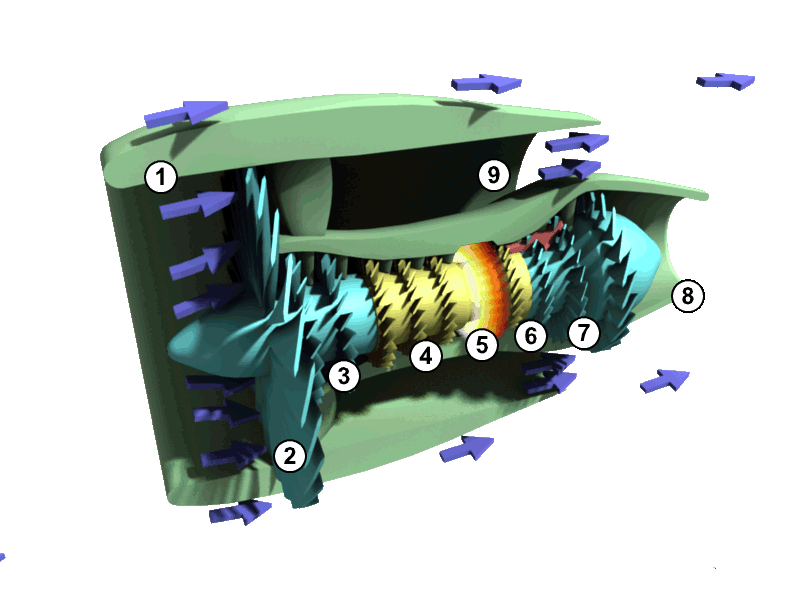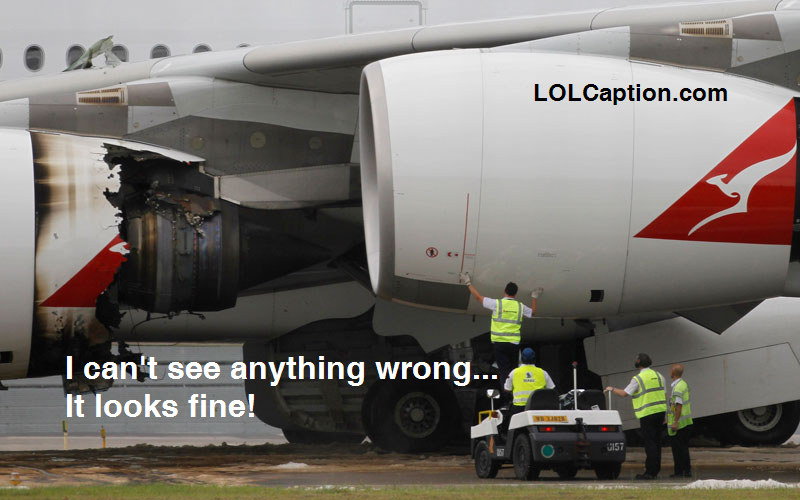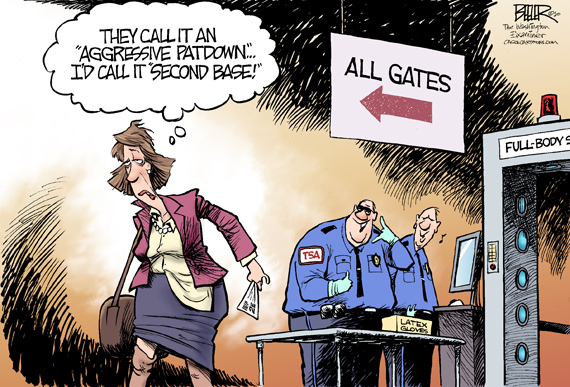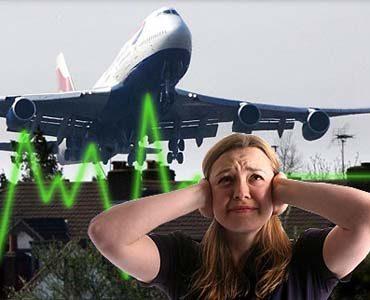The Research and Innovative Technology Administration is looking for an executive to serve as the Director of the Center of Innovation (COI) Air Traffic Systems and Operations of the Volpe National Transportation Systems Center (Volpe Center). Located in Kendall Square area in Cambridge, Massachusetts, the Volpe Center plays a unique role in looking across the transportation enterprise by applying its multi-disciplinary capabilities to anticipate future transportation issues and challenges across all modes of transportation.
Reporting to the Deputy Associate Administrator for Research, Innovation and Technology, the COI Director will lead and oversee the Air Traffic Systems and Operations COI comprised of four technical divisions – Navigation and Surveillance; Operations Risk Assessment and Terminal Systems; Traffic Flow Management; and Communications and Operations. This COI has a combined technical/scientific federal staff of 85 employees; a 150 project portfolio; and average annual obligations of $80 million, representing one-third of the Center’s portfolio. Through close collaboration with other Volpe Center COI Directors, the COI Director will assist in the development of FAA and other strategic initiatives and new program opportunities, and, as needed, serve as liaison to FAA leaders in working with managers across the Volpe Center.
To succeed in this rewarding and challenging leadership position, the COI Director must have expertise leading applied research and technology projects – ideally as an engineer/scientist- in one or more areas of air traffic operations and systems, including aviation communication, navigation, surveillance (CNS), and air traffic control safety and security. This individual must also possess exceptional management, planning and communication skills, and be able and willing to contribute as part of a collaborative management team. While not required, an advanced scientific or technical degree is highly desirable. Travel is required (30-50%).
The vacancy announcement can be found on COI Director, Air Traffic Systems and Operations (attached find a copy of the vacancy announcement).













